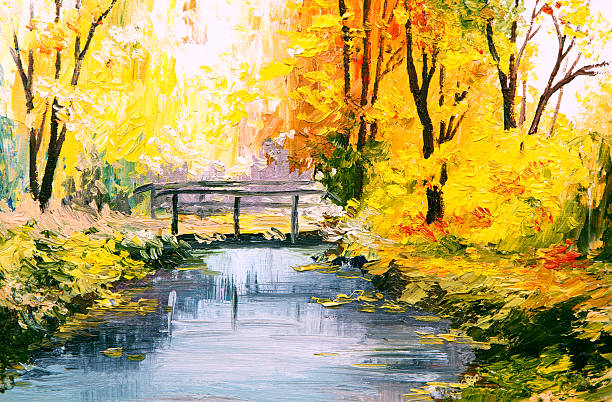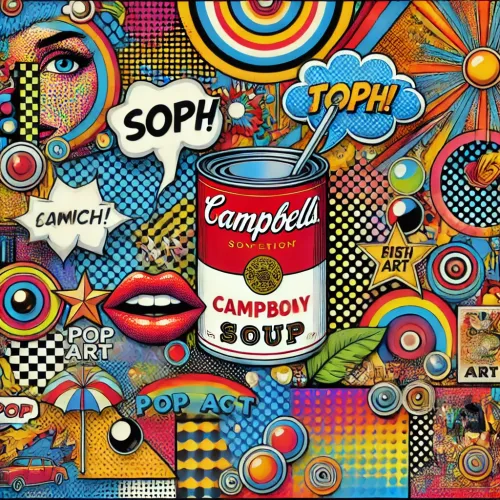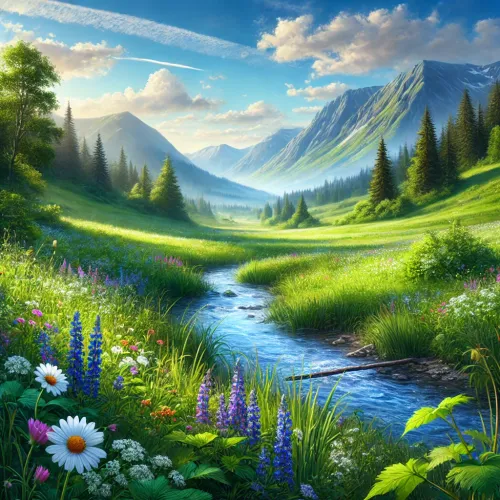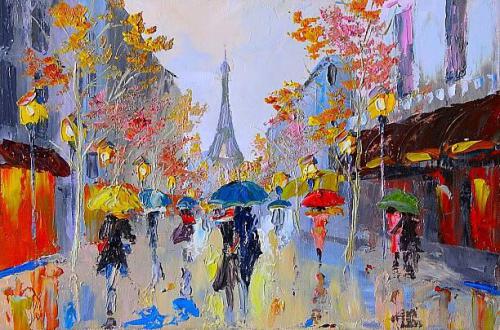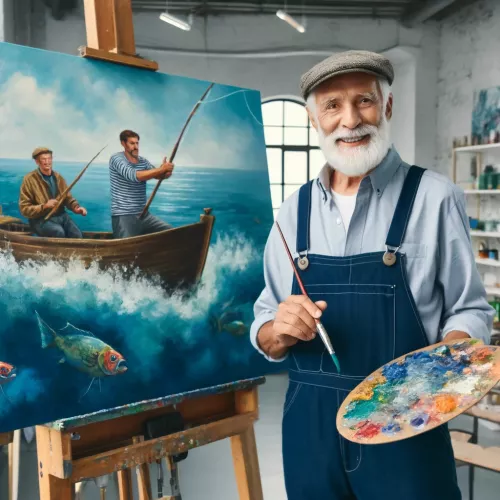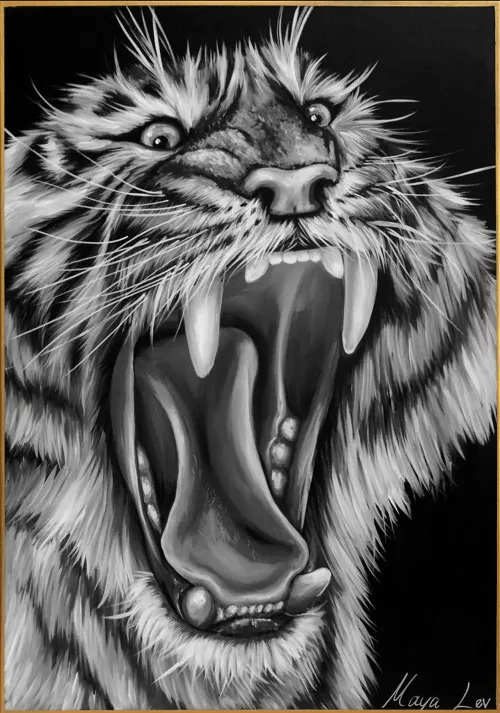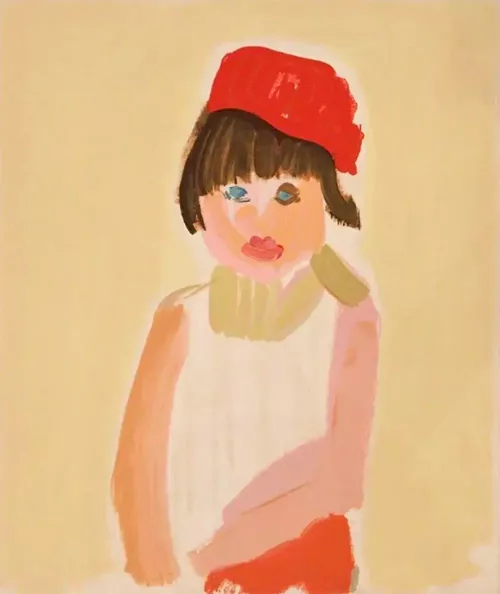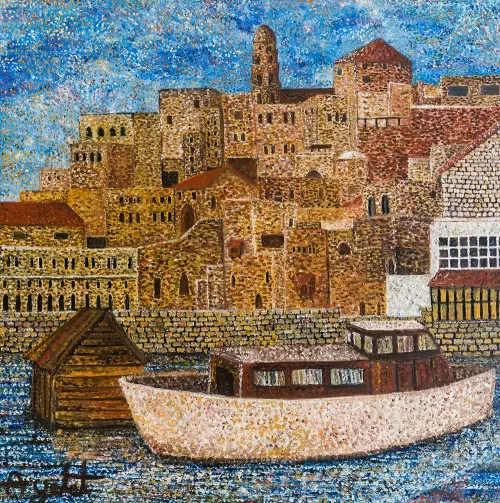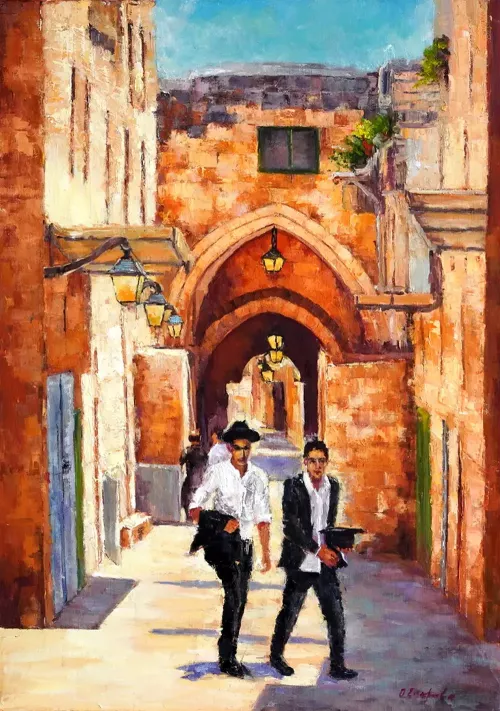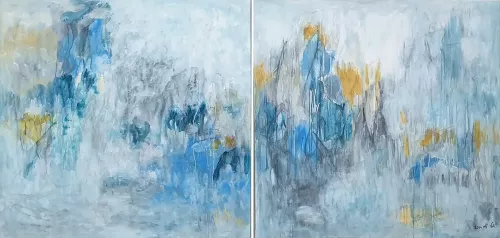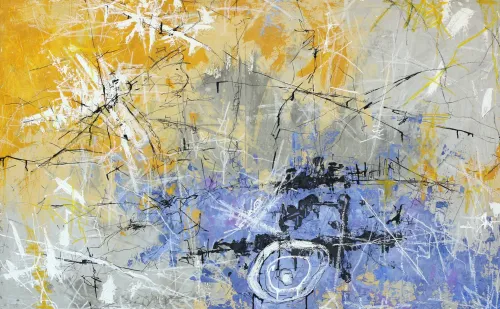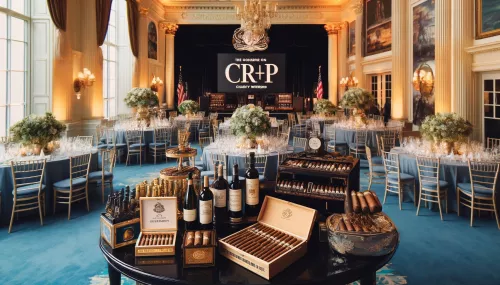The Battle of Mediums- Acrylic vs Oil in Landscape Art
Exploring the Vast Horizons- The Evolving Art of Landscape Painting
Exploring the Vast Horizons- The Evolving Art of Landscape Painting
The Art of Landscape Painting
Whether portraying real or imagined vistas, compelling landscape art transports viewers to faraway places or sees familiar settings anew. Masterful landscape paintings also document disappearing environments or showcase artists’ inner psyches through symbolic depictions bursting with atmosphere. Landscapes let color and brushstroke convey feelings beyond linguistic limitations through stirring sunrises, quiet forests and roaring seascapes. Interpretations of nature in art over time offer intriguing windows into evolving artistic priorities and tools. As new paint mediums developed, recreating the majesty of landscapes drove innovations now benefitting creatives across genres.
The Allure of Acrylic Landscape Paintings
Only gaining popularity in the mid-20th century as earlier chemistry issues improved, acrylic’s versatility and quick drying time attracted artists seeking greater freedom and spontaneity in rendering landscapes. Vibrant palettes nicely captured atmospheric dimensions from brilliant sunlight to muted fog. Mixable mediums extend capabilities allowing thick, lush impasto peaks or transparent watercolor-like washes. Acrylic affords versatility to portray diverse textures convincingly from silky water to craggy boulders through adaptable tools and methods. More convenient clean-up and less toxicity also make acrylics appealing for plein air painting requiring portability.
Richness and Depth in Landscape Oil Paintings
Established for over 600 years, oil paints possess unrivaled pigment intensity with a luminous radiant quality acrylic struggles matching. Subtlety is feasible too through extensive blending only oils provide before slowly drying. The malleable consistency and extremely forgiving reworkability empower capturing nuance within complicated cloud structures, detailed forests or weathered architectural remnants encountered on travels. Luscious glazing possible in oils adds additional dimensionality. And oil’s proven stability ensures hues stay brilliant for collectors over centuries without fading.
What Makes Contemporary Landscape Painting Different
Many contemporary landscape painters meld realism with abstract interpretation communicating inner resonance landscapes kindle rather than precise replication of scenery. Unexpected angles, simplified forms and amplified colors might feature instead of straightforward representation. The boundaries between mediums dissolve as well with mixed media collages combining photography, acrylic paints, found natural objects and more to suggest environment’s aura. Conceptual projects exploring ecological change expand “landscapes” beyond outdoor images alone to imagined spaces reflecting current humanity’s relationship with nature itself.
Comparing Durability and Longevity
Meticulously handled acrylic works can potentially last hundreds of years but may develop issues with extensive impasto cracking decades down the road, unlike more flexible oil paint films. Colors also shift over time - cadmium yellow eventually fading to ivory. However, acrylic proves better suited to experimental mixed media with glued items. Oil’s tested longevity ensures cultural institutions confidently invest in legacy collections. Still, certain pigments face eventually fading even in oils. Archival framing and UV-preventing varnish help secure longevity for both mediums.
Investment Insights for Collectors
For investors, oil paintings typically increase value over decades substantially more than acrylics. Contemporary artists working solely in acrylics thus get undervalued some argue despite mastery. Gallerists also confirm the secondary auction market for oil works towers over acrylic resale options to date. Yet as acrylic artwork ages, some predict appreciation trajectories change as genres and tastes evolve. New giants might still emerge should acrylic’s best creatives get recognized posthumously like Van Gogh.
Conclusion and Personal Recommendations
No universal best paint medium for landscapes exists - only preferences guided by needs and styles. Oils likely better suit portraiture precision with acrylics offering convenience for exploratory practice. Collectors cannot go wrong investing in diverse, provocative visions across old and new masters rendered through both beloved mediums. Personally, acrylic’s potential still feels underexplored for creatives embracing its capacities while we all benefit from oil’s foundations.




























































































































































































































































